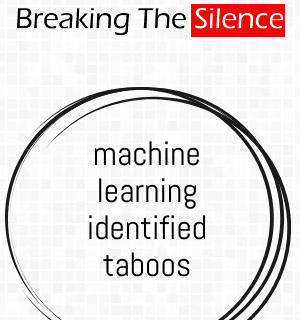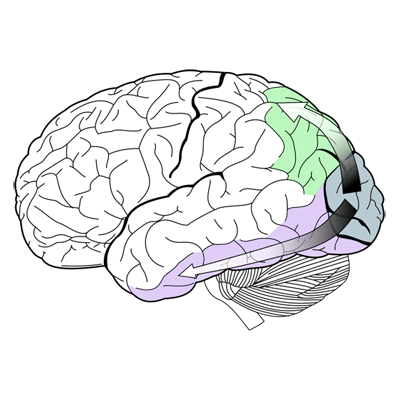Research
Multimedia Lab
The multimedia lab's main research focus is on computer science applications for the arts. The use of Artificial Intelligence and Machine Learning algorithms to manipulate data obtained from sensors or other sources for creative applications. Design and creation of interactive and motion enabled objects.
Interests
- Artificial Intelligence
- Machine Learning
- Robotics
- Computational Creativity
- Creative Electronics
- Digital Interactivity
- Augmented/Virtual Reality
- Internet Art
Lab Equipment
3D scanner
structured light 3D scanning for recreation of 3D models
Arduino Uno
creation of interactive electronic objects
EEG
brain computer interface (BCI) applications
Kinect
motion sensing input device
Leap Motion
hand motion sensing
LilyPad Arduino
e-textiles and wearables projects
Particle Photon
Internet of Things (IoT) projects
Raspberry Pi 3
creation of interactive electronic objects
Bare Conductive Touch Board
interactive projects using electric paint
Multimedia Lab Equipment
The Multimedia Lab is fully equipped with 30 workstations for teaching and research purposes. The lab also has a wide range of equipment for the realization of student and research projects.
Active Research Projects
-

Breaking the Silence uses machine learning methods to understand what are the contemporary taboo topics. Initially, news articles that contained the word taboo were mined from various online sources. The mined articles were originally posted from January 2019 to September 2020. These articles include overt references to contemporary taboo topics in today's press as well as the report of transgressions. Natural Language Processing (NLP) methods are then used to identify the main topic of each mined article and thus group them into sets according to similarity and relevance. Next, techniques for information extraction are used to determine the most meaningful elements of the articles' text like entities, abstract concepts, etc. Finally, new documents are generated with the utilization of automatic text summarization techniques. These generated documents summarize the main ideas and opinions for each identified taboo topic. The images shown in all articles were generated with Runaway Generative Engine by randomly selecting sentences from each article. Breaking the Silence aims to highlight and bring to focus what topics are currently discussed as taboos. The generated summarizations underline the different topics discussed at different times and additionally the arguments for the creation, maintenance, or destruction of a taboo. Visit the Breaking the Silence website.
-

A methodology for constructing a network that maps the structure of the artworld is proposed. It is based on mining Twitter in an attempt to identify the artworld actors (artists, museums, galleries, curators, etc.) as they exist online and discover connections amongst them. The ability to obtain a map the artworld from social media data is regarded as the first essential step for further exploring how Artificial Intelligence techniques can elaborate on the understanding of the artworld.
The final artworld network can be explored in more detail at http://www.amaliafoka.com/artworld-network/ -

-

-

-

-

-









